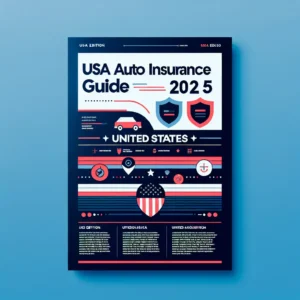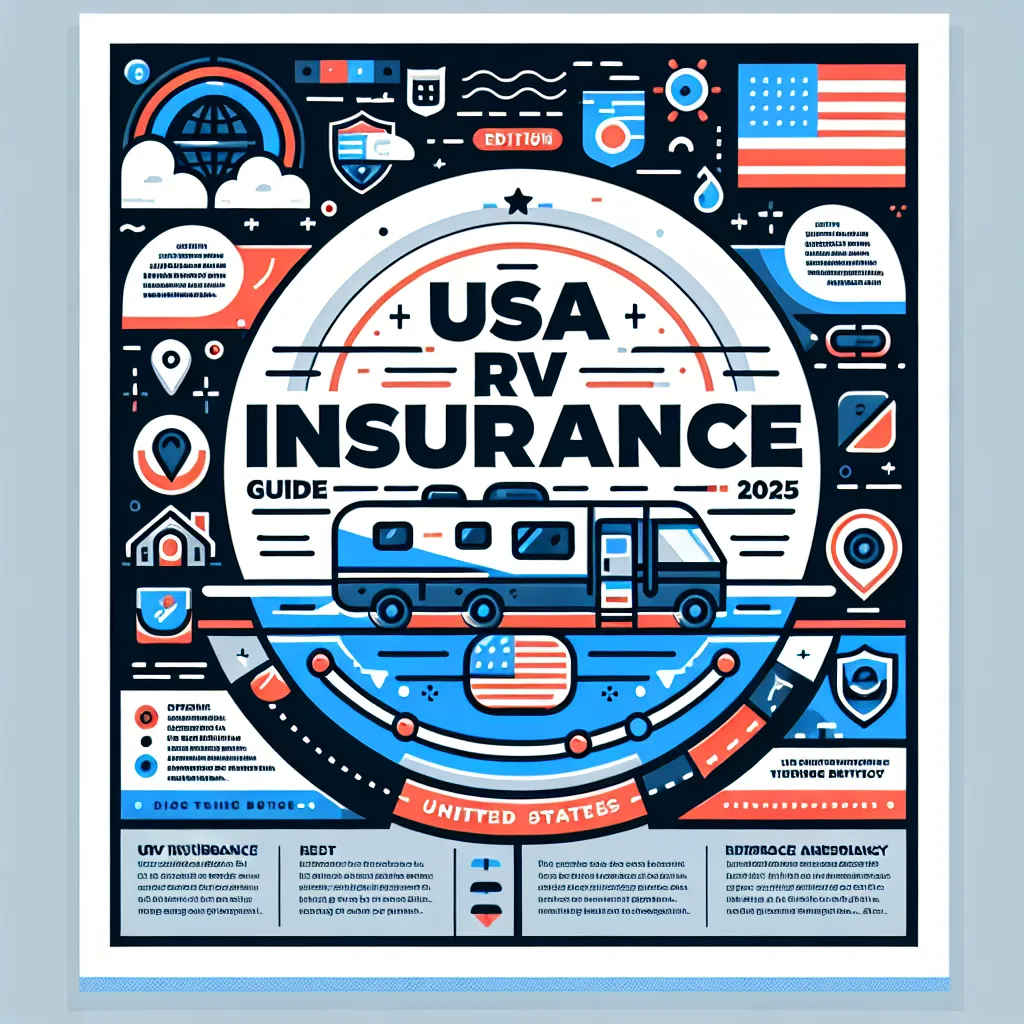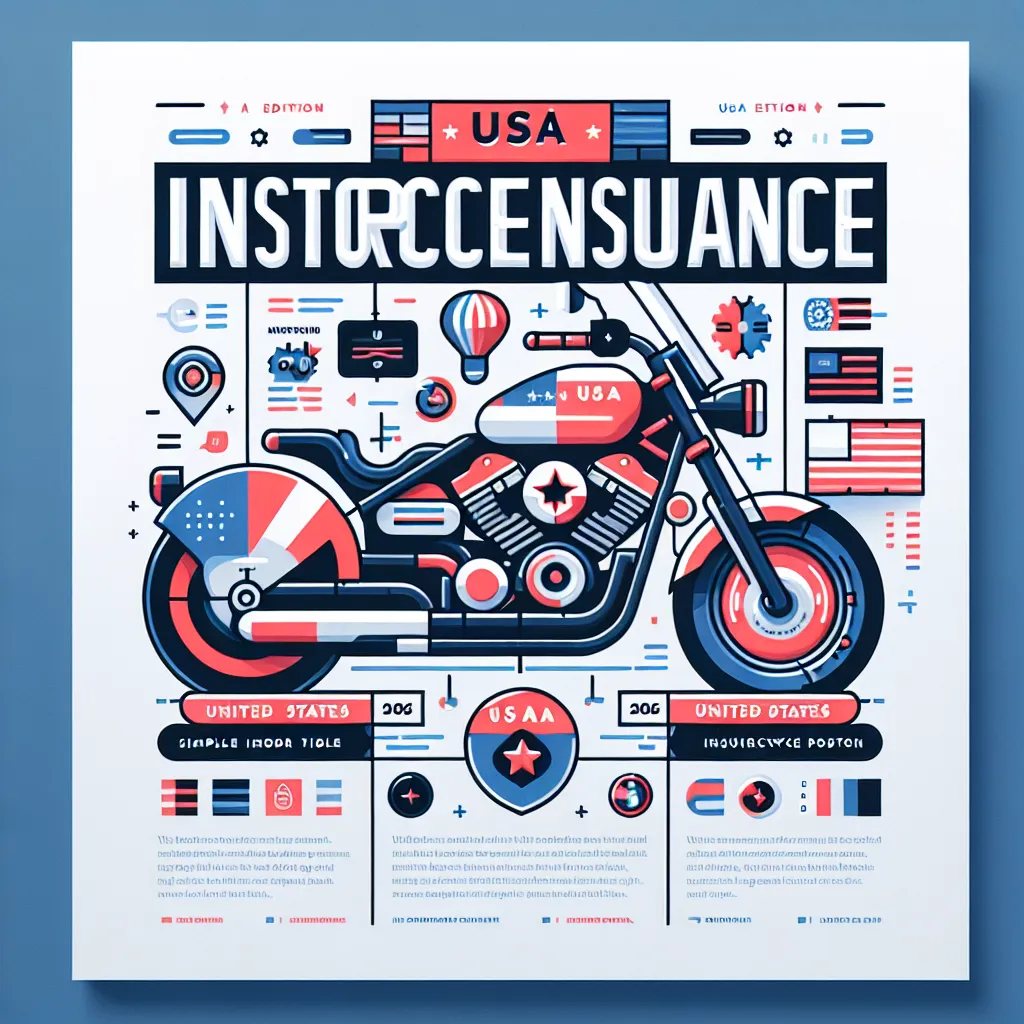Title: # Understanding Auto Insurance in the USA for 2025: A Comprehensive Guide
Meta Description: Discover the essentials of Auto Insurance in the USA for 2025. Compare top providers, coverage options, and learn how to choose the best plan for you.
Content:
Navigating the world of Auto Insurance can be complex. This guide will help you understand your options for 2025 in the USA.
What is Auto Insurance?
Auto insurance is a contract between a vehicle owner and an insurance company, designed to protect against financial losses associated with car accidents, theft, and other vehicle-related incidents. In exchange for a premium, the insurer agrees to cover specific costs associated with vehicle damages, bodily injuries, and liability claims.
In 2025, auto insurance remains a legal requirement across all U.S. states, with each state mandating minimum coverage levels. This insurance not only protects your financial assets but also ensures that you can legally operate your vehicle on public roads. It provides peace of mind knowing that you are covered in the event of an unexpected incident.
Auto insurance is crucial for anyone who owns or leases a vehicle. It serves as a financial safety net, covering costs that could otherwise lead to significant financial strain. Choosing the right policy involves understanding various coverage types, assessing personal risk factors, and comparing options from different providers to best meet your needs.
Key Coverages in a Standard Auto Insurance Policy for 2025
A standard auto insurance policy typically includes several key coverages, each designed to address different risks associated with vehicle ownership and operation:
- Liability Coverage: This is the most essential part of any auto insurance policy. It covers the costs of injuries and property damage you may cause to others in an accident. Liability coverage is typically split into bodily injury liability and property damage liability.
-
Collision Coverage: This covers the cost of repairing or replacing your vehicle after an accident, regardless of who is at fault. It’s particularly important for newer or more expensive vehicles.
-
Comprehensive Coverage: Often referred to as “other than collision” coverage, this protects against theft, vandalism, natural disasters, and other non-collision-related incidents.
-
Personal Injury Protection (PIP): Required in some states, PIP covers medical expenses and lost wages for you and your passengers, regardless of who is at fault.
-
Uninsured/Underinsured Motorist Coverage: This protects you if you’re involved in an accident with a driver who lacks sufficient insurance to cover the damages.
-
Optional Riders: Additional coverages, such as roadside assistance or rental car reimbursement, can be added to tailor a policy to your personal needs.
Top Auto Insurance Providers in the USA for 2025
When selecting an auto insurance provider in 2025, it’s important to consider not only the cost but also the company’s reputation, customer service, and the specific coverages offered.
Major Insurance Companies Comparison
Let’s look at a comparison of top insurance providers. Note: All pricing information is for illustrative purposes only and should be verified with providers.
| Insurance Company | Monthly Premium Range* | Deductible Options* | Key Features | Customer Satisfaction | Best For |
|---|---|---|---|---|---|
| Company A | $100-$250 | $500-$1,000 | 24/7 customer support, accident forgiveness, new car replacement | 4.5/5 | Families |
| Company B | $90-$230 | $250-$750 | Telematics discounts, extensive agent network, mobile app | 4.3/5 | Tech-savvy drivers |
| Company C | $110-$270 | $500-$1,500 | Safe driver discounts, customizable policies, roadside assistance | 4.6/5 | Safe drivers |
| Company D | $95-$240 | $250-$1,000 | Bundling discounts, excellent claims service, accident forgiveness | 4.4/5 | Multi-policy holders |
*Note: Premium ranges and deductible options are estimates and may vary based on individual circumstances, location, and specific policy details. Please verify actual rates with insurance providers.
Provider-Specific Benefits and Drawbacks
Company A
- Strengths: Comprehensive coverage options, strong customer service, generous discount offerings.
- Weaknesses: Higher premiums for high-risk drivers, limited online services.
- Unique Features: Accident forgiveness after three years, new car replacement within the first year.
- Customer Service: Rated highly for responsiveness and resolution speed.
Company B
- Strengths: Competitive pricing, tech-friendly services, flexible payment options.
- Weaknesses: Fewer local agents, higher premiums in urban areas.
- Unique Features: Telematics program offering significant discounts for safe driving.
- Customer Service: Generally positive feedback, particularly for mobile app functionality.
…
Auto Insurance Coverage Comparison Table
This table provides a snapshot of different coverage levels available in 2025:
| Coverage Level | Monthly Premium Range* | Deductible Range* | Key Features | Best For |
|---|---|---|---|---|
| Basic | $70-$150 | $500-$1,000 | Minimum liability, no collision or comprehensive | Budget-conscious drivers |
| Standard | $100-$200 | $250-$750 | Includes liability, collision, and comprehensive | Average drivers |
| Premium | $150-$300 | $250-$500 | Full coverage with all add-ons and lower deductibles | High-value vehicles |
*Note: Premium and deductible ranges are estimates and may vary significantly based on individual circumstances and location.
Factors Influencing Auto Insurance Costs in 2025
Auto insurance costs in 2025 are influenced by several factors:
- Driving Record: A clean driving record can significantly lower premiums, while accidents and violations can increase costs.
- Vehicle Type: Luxury and sports cars often cost more to insure due to higher repair costs and theft rates.
- Location: Urban areas typically have higher premiums due to increased traffic and theft risks.
- Credit Score: Many insurers use credit scores to help set rates, with higher scores generally leading to lower premiums.
- Age and Gender: Younger drivers and male drivers often face higher rates due to statistically higher accident rates.
Cost Factors Comparison Table
Here’s how different factors can affect your insurance costs:
| Factor | Impact on Cost | How to Reduce Impact |
|---|---|---|
| Age | Younger drivers pay more | Take driver’s ed courses, maintain a clean record |
| Location | Urban areas cost more | Consider relocation or secure parking options |
| Coverage Level | Higher levels cost more | Opt for only necessary coverages, increase deductibles |
| Deductible | Lower deductibles increase premiums | Choose higher deductibles if you can afford out-of-pocket costs |
How to Choose the Right Auto Insurance Plan in 2025
- Assess Your Needs: Evaluate your driving habits, vehicle value, and personal risk tolerance to determine the necessary coverage types and levels.
-
Compare Quotes from Multiple Insurers: Gather quotes from several companies to compare costs and coverage options. Use online comparison tools to streamline this process.
-
Check Insurer’s Reputation and Financial Stability: Research the company’s history, customer reviews, and financial ratings to ensure reliability and strength.
-
Understand Policy Exclusions: Read the fine print to identify any exclusions or limitations that could affect your coverage when needed.
-
Consider Bundling: If possible, bundle auto insurance with other policies like home or renters insurance to take advantage of multi-policy discounts.
Comparing Auto Insurance Products for 2025: What to Look For
When evaluating auto insurance products, consider the following:
- Coverage Limits: Ensure the policy meets state requirements and provides adequate protection based on your assets and risk exposure.
- Deductibles: Balance between affordable premiums and manageable out-of-pocket costs in the event of a claim.
- Exclusions: Identify any scenarios that aren’t covered to avoid surprises.
- Customer Service: Choose a provider known for excellent customer service, as this can impact your experience during claims.
- Claims Process: Research the claims process to understand the ease of filing and receiving payouts.
Key Features Comparison Table
| Feature | Why It Matters | What to Look For |
|---|---|---|
| Coverage Limits | Protects assets | Adequate levels based on risk and state law |
| Deductibles | Affects premiums | Affordable yet reasonable for claims |
| Exclusions | Avoids surprises | Clearly listed and minimal |
| Customer Service | Impacts experience | High ratings and 24/7 support |
| Claims Process | Ease of compensation | Simple, quick, and fair process |
Trends to Watch in Auto Insurance for 2025
In 2025, the auto insurance industry is expected to see increased use of technology, such as telematics and AI, to personalize premiums. Additionally, the rise of electric and autonomous vehicles may impact coverage needs and pricing structures. Environmental considerations may also influence policy offerings and discounts.
Conclusion: Securing Your Auto Insurance
Choosing the right auto insurance policy in 2025 requires a careful balance of coverage, cost, and company reputation. Assess your needs, compare options, and ensure you fully understand the terms and exclusions of any policy you consider. Remember to consult with licensed professionals to verify details and make informed decisions.
Important Legal Disclaimers and Notices
No Professional Advice
This guide is provided for general informational purposes only. It is not intended to be and should not be considered as:
- Professional insurance advice
- Financial advice
- Legal advice
- Tax advice
- Any other type of professional advice
No Warranties
The information in this guide:
- Is provided “as is” without any warranties of any kind
- May contain errors or inaccuracies
- May not be suitable for your specific situation
- May not reflect current insurance laws or regulations
- May not be applicable in all jurisdictions
Limitation of Liability
The author and publisher:
- Are not responsible for any decisions made based on this information
- Do not guarantee the accuracy of any information provided
- Are not liable for any losses or damages that may result from using this information
- Do not endorse any specific insurance company or product
Required Actions
Before making any insurance decisions, readers should:
- Consult with licensed insurance agents or brokers
- Obtain personalized quotes from multiple insurance providers
- Review actual policy documents and terms
- Consider their specific needs and circumstances
- Verify all information with official sources
- Seek professional advice if needed
Company Information Disclaimer
Any mention of specific insurance companies:
- Is for illustrative purposes only
- Does not constitute an endorsement
- May not reflect current company policies or offerings
- Should be verified with the companies directly


